I found this intersting article which present differences between Front Door and Trafic manager in Azure :
https://www.iamashishsharma.com/2020/04/difference-between-azure-front-door.html
Azure Front Door service can be compared to Azure Traffic Manager in a way that this also provides global HTTP load balancing to distribute traffic across different Azure regions, cloud providers or even with your on-premises.
Both AFD & Traffic Manager support:
Multi-geo redundancy: If one region goes down, traffic routes to the closest region without any intervention.
Closest region routing: Traffic is automatically routed to the closest region.
Differences:
Azure Front Door provides TLS protocol termination (SSL offload), and Azure Traffic Manager does not. It means AFDs take load off from the Web Front Ends, which do not have to encrypt or decrypt the request.
Azure Front Door provides application layer processing, and Azure Traffic Manager does not.
While using AFS, user will experience better performance than traffic manager as AFD uses Anycast, which provides lower latency, thereby providing higher performance.
AFD provides WAF feature for your application to provide security from DDoS attacks.
We can perform URL rewriting in Azure Front Door but not in Traffic Manager.
Traffic manager relies on DNS lookup for network routing while AFD uses reverse proxy which provides faster failover support.
AFD caches the static content while no caching mechanism is available in Traffic Manager.
